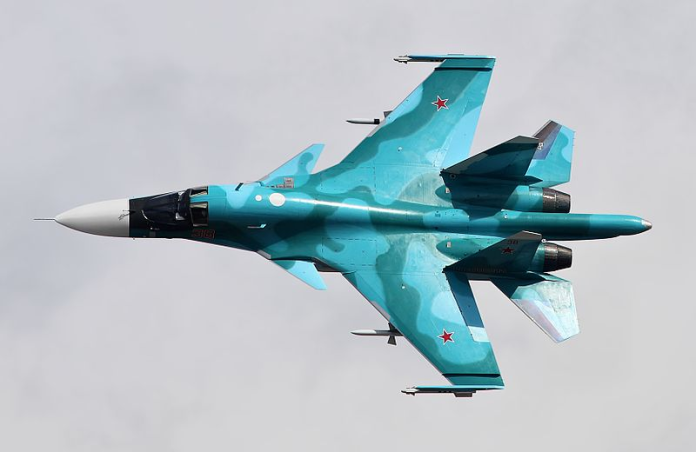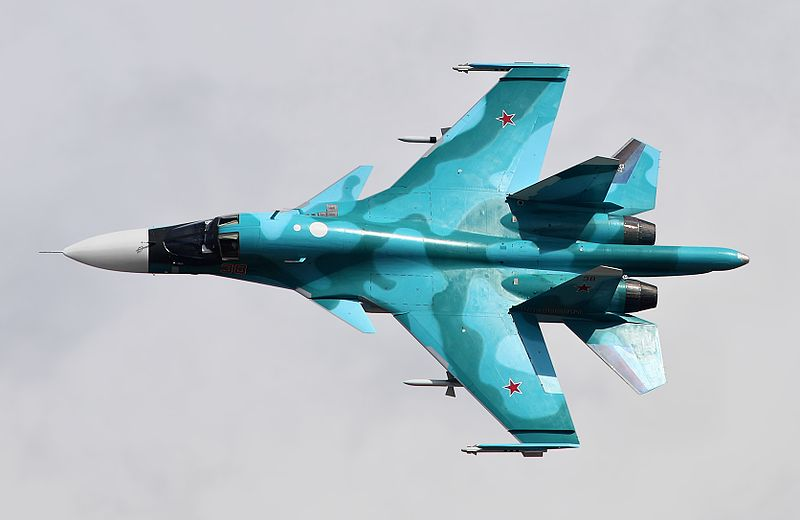
How does a nation sustain advanced fighter production amid war and sanctions? In Russia’s case, the answer lies in a mix of industrial adaptation, technological inheritance, and an urgent operational need to replenish combat losses. This August, the United Aircraft Corporation (UAC) delivered fresh batches of Sukhoi Su-35S fighters and Su-34 fighter-bombers to the Russian Aerospace Forces (VKS), highlighting Moscow’s effort to sustain air power despite losses in Ukraine.

1. Industrial Surge Under Wartime Pressure
Deliveries confirm persistent production cadence at UAC plants, which are part of the Rostec defense holding. “Rostec’s aircraft plants maintain high aircraft production rates under the state defense contract,” Oleg Yevtushenko, executive director at Rostec, said. Vadim Badekha, general director at UAC, also confirmed manufacturing volumes up this year with plant modernization. This push comes despite a defense base stretched by sanctions and the dependent reliance on old Soviet designs, with analysts warning of ‘innovation stagnation’ in Russia’s space sector.
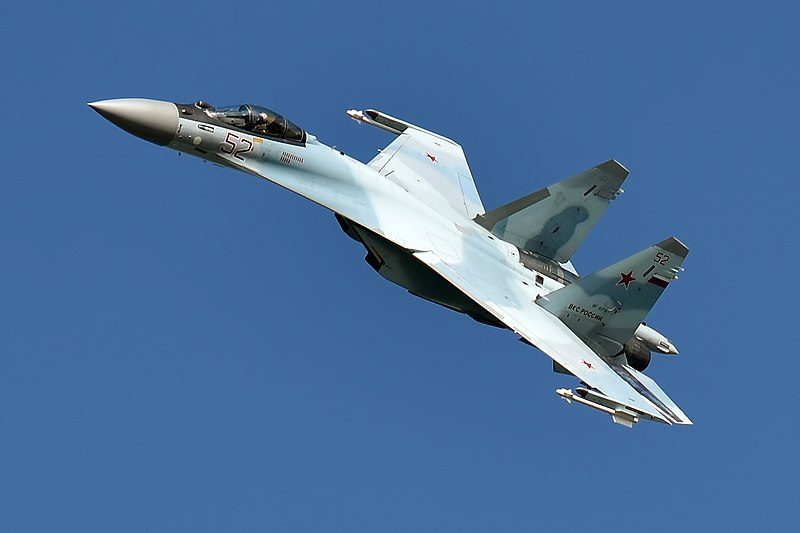
2. Su-35S: The Top of the Line Flanker
Su-35S “Flanker-E” is the top-of-the-line variant of the Su-27 family, with Su-30MKI export program and Su-57 stealth fighter technologies integrated into it. Titanium alloys and composite materials bring its frame’s service life to 6,000 flight hours; radar-absorbant materials reduce frontal radar cross-section down to 1–3 m². With two AL-41F1S thrust-vectoring engines developing up to 142.2 kN each in afterburner, the aircraft achieves supercruise at Mach 1.1 and has ability to perform post-stall maneuvering such as Cobra and Kulbit.
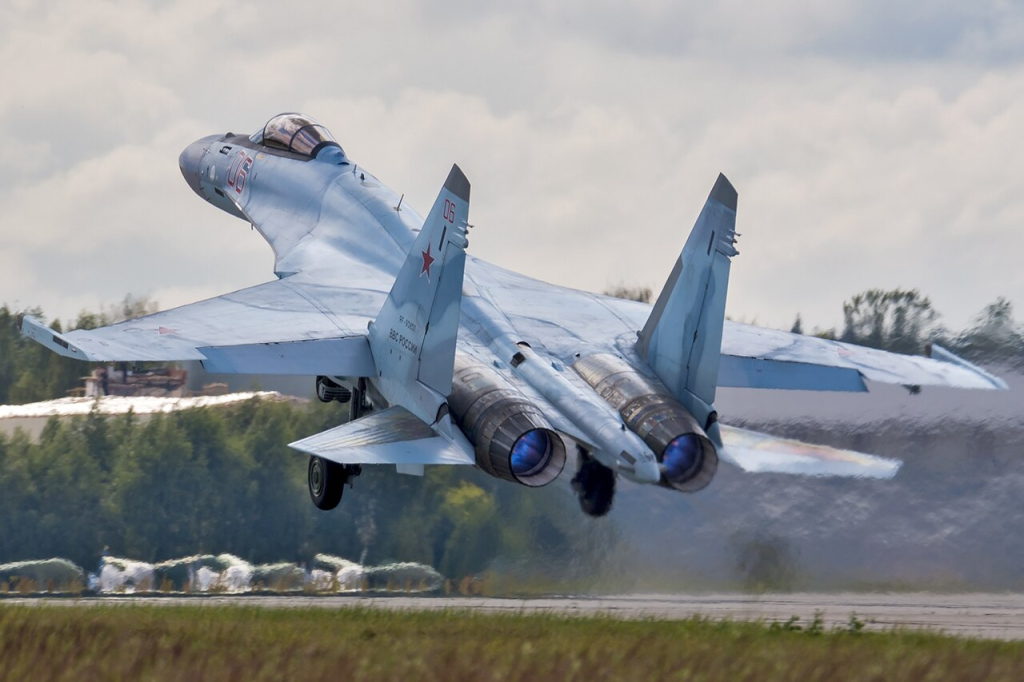
3. Sensor and Weapons Suite
At the heart of the Su-35S’s interoperable engagement envelope is the N035 Irbis-E PESA radar with capability to see fighter-sized targets at 400 km in narrow search mode and to track 30 targets. Aiding it in passive detection of targets is the OLS-35 infrared search and track system. The payload of the fighter varies: up to 12 R-77-1s of BVR, four very-long-range R-37Ms with Mach 6 velocity, short-range R-73/74s. More recent combat engagements have also had the Su-35 carry the R-77M, with dual-pulse motor, AESA seeker, and purported 190 km range.

4. Su-34: Armored Strike Specialist
The Su-34 “Fullback” is a side-by-side two-seat bomber intended for long-range attack operations. Its 17mm titanium-armored cockpit tub protects the crew and avionics from small-caliber arms and shrapnel. With its maximum takeoff weight of 45,100 kg and 12 hardpoints, it loads up to 14,000 kg of ordnance. The Leninets Sh141 PESA radar has terrain-following modes, and its Khibiny ECM set provides it with electronic coverage. It’s armed with FAB-series unguided bombs, KAB-500/1500-guided bombs, Kh-31P anti-radar missiles, and Kh-35U anti-ship missiles.
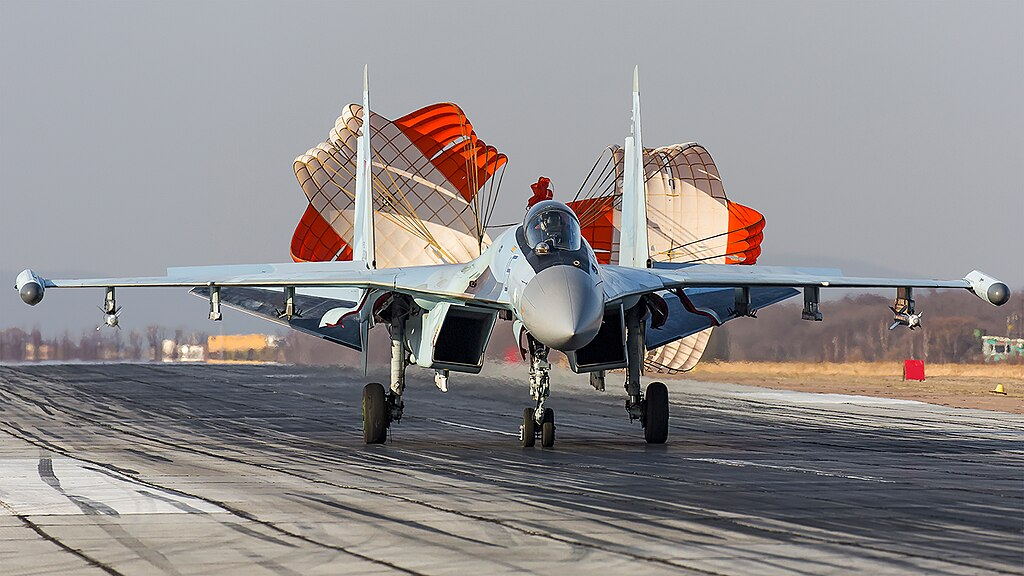
5. Combat History in Ukraine
In Ukraine, the Su-35S has been used almost exclusively in the long-range intercept role, releasing R-37Ms from Russian-claimed airspace to attack Ukrainian fighters. At least eight have, however, been verified lost, frequently to Western-backed Patriot SAMs. Su-34s have had higher attrition more than 30 verified losses owing to low-altitude pounding attacks on moving air defenses. A lack of precision-guided munitions has necessitated the use of UMPK glide kits for the FAB bombs, facilitating standoff release at the cost of precision.
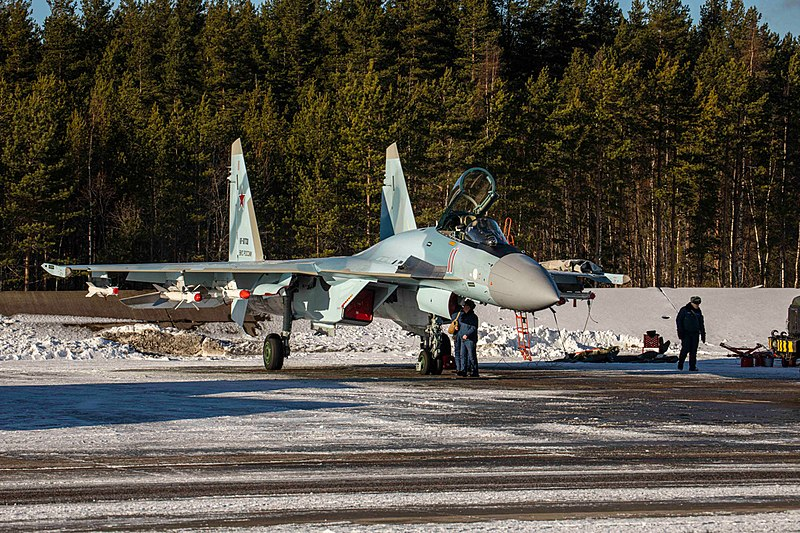
6. Comparative Capabilities and Limitations
Competing with Western fighters, the Su-35S emphasizes kinematic performance and sheer sensor muscle over stealth and sensor fusion. Its Irbis-E radar has longer range than the older F-16MLUs that have been pledged to Ukraine and have the APG-66(V)2 radar, although it lacks the low-probability-of-intercept and multi-sensor fusion characteristics that exist in AESA-jet aircraft like the F-15EX. Su-34, although unmatched payload among tactical bombers, cannot match the maneuverability and stealth qualities of multi-role fighters like the F-15E Strike Eagle.
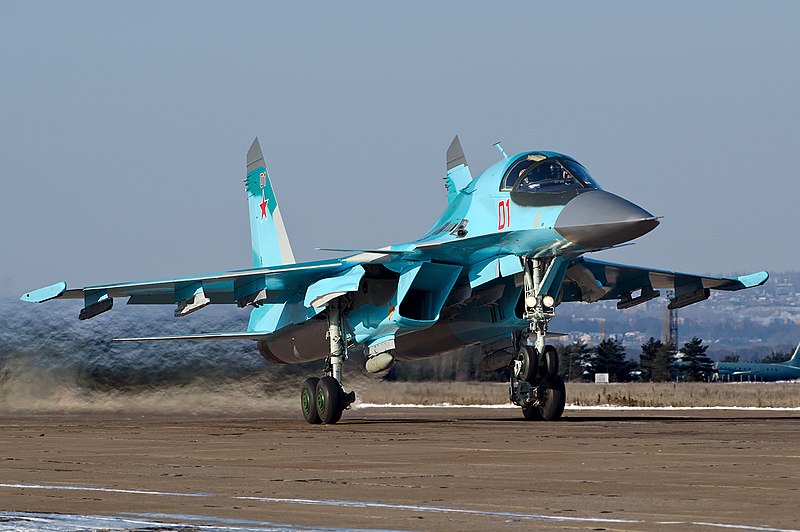
7. Production as Strategic Communication
In addition to battlefield effectiveness, the ongoing production of Su-35S and Su-34 aircraft also marks an indicator of industrial determination. Moscow presents these shipments as evidence it has the capability to maintain fourth-generation fighter production in the face of sanctions. But this is maintained by recycling old designs instead of deploying new-generation aircraft in quantity.
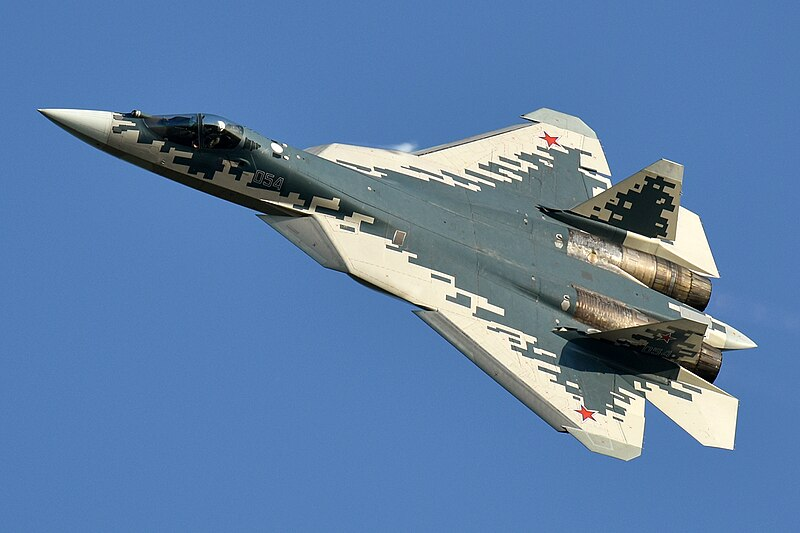
8. The Road Ahead
As the Su-57 continues to enter the inventory in small batches, the Su-35S remains Moscow’s premier air superiority platform and its Su-34 its superior tactical bomber. Their performance in Ukraine exemplifies both the efficacy of these aircraft in standoff applications and susceptibility to advanced integrated air defense systems.
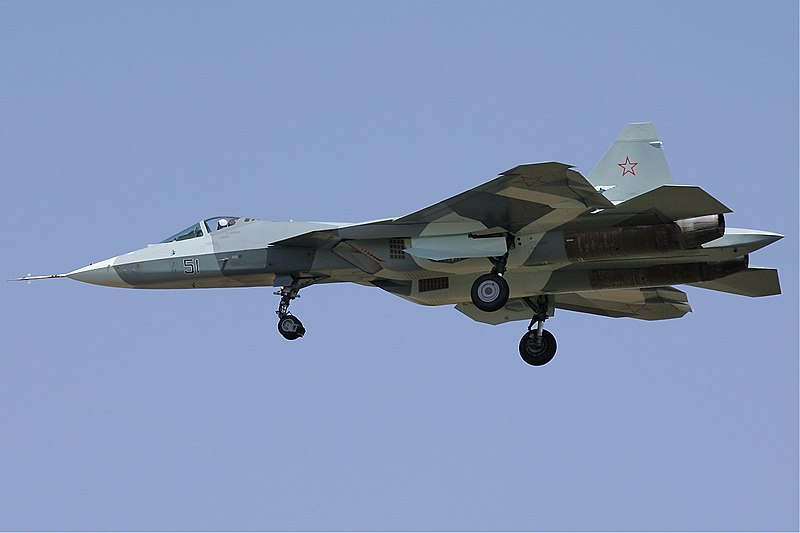
Ongoing deliveries ensure these aircraft will still make up the majority of VKS operations even while industrial constraint and attrition define future availability.
